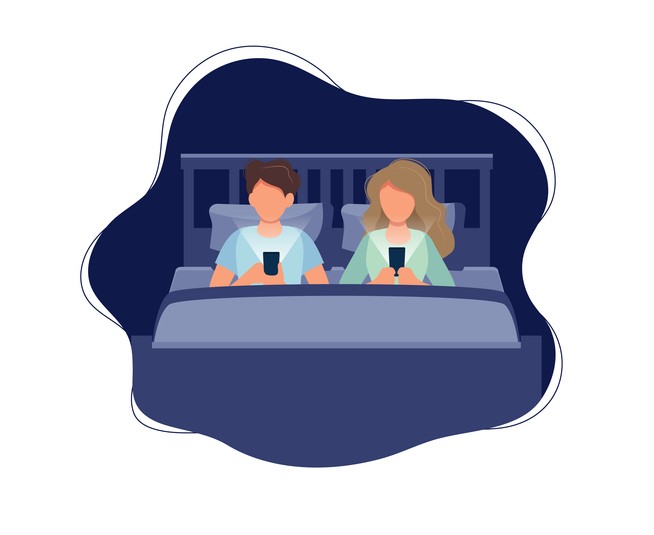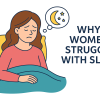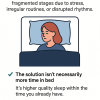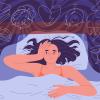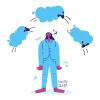Screen Time
Screen Time and Sleepless Nights: What You Need to Know (and Do)
If you've ever found yourself doomscrolling under the covers, watching just one more episode, or replying to that 11 p.m. Slack message—you're not alone. But here’s the kicker: that screen time might be messing with your sleep more than you think.
A recent Healthline article highlights something many of us suspect but don’t always want to admit—our pre-bed digital habits are deeply linked to insomnia risk. "1 Hour of Screen Time at Bedtime Reduces Sleep by 24 Minutes". This really blows up your sleep cycle. Check out the sleep calculator because we can help you fix this behavior.
The Science is Clear: It’s Not Just Blue Light
Yes, blue light suppresses melatonin. But Dr. Seema Khosla, medical director of the North Dakota Center for Sleep, says the bigger issue is mental stimulation. Screens aren’t just glowing—they’re gripping.
Evening screen time is linked to:
- Delayed sleep onset
- Reduced total sleep time
- Increased insomnia symptoms
A 2023 study in Sleep Health found that adolescents who used screens before bed had worse sleep efficiency and more middle-of-the-night awakenings.
📊 Big Picture: It’s Affecting Adults, Too
The CDC’s 2022 Sleep Difficulties Report reveals:
- 14.5% of U.S. adults have trouble falling asleep most nights
- Sleep struggles increase in low-income and rural areas
- Women and younger adults report higher sleep difficulties
This mirrors what we see in my sleep plan—a digital platform where people with insomnia learn how to get better sleep through CBT-I strategies. It’s designed for real people with real struggles—not just perfect routines.
🌙 You Can Reclaim Your Evenings
What I love about helping people through my sleep plan is this: You don’t need to be perfect. You just need a consistent rhythm that builds sleep confidence over time.
Here’s how we guide our members to start:
📌 1. Set a “Digital Sunset”
One hour before bed, put screens away. No judgment—just gentle boundaries. Swap scrolling for a book, journal, or gentle stretching.
📌 2. Choose a “Last Screen” Ritual
If you need a screen to wind down, make it intentional. Use blue-light filters, pick calm content, and set a hard stop.
📌 3. Get Curious, Not Critical
Slip up? That’s okay. Ask yourself: “What did last night teach me?” You’re not failing—you’re learning. This is your lab.
Why CBT-I Works (and Why I Built my sleep plan)
CBT-I (Cognitive Behavioral Therapy for Insomnia) is the gold standard for treating chronic insomnia. It works by retraining your brain and body to trust sleep again—through tools like:
Sleep restriction (less time in bed = stronger sleep drive)
Stimulus control (bed = sleep only)
Thought diffusion (learning to unhook from anxious sleep thoughts)
That’s the foundation of my sleep plan—a self-guided digital experience rooted in science and lived experience. I'm not a therapist, but I know the terrain of insomnia. I built this for people like me… and maybe people like you.
Small Choices, Big Changes
Even one small shift—like a digital curfew tonight—can start to unlock better sleep. This is about becoming someone who…
- Respects rest
- Designs their evening
- Sleeps with intention, not just hope
Ready to shift your sleep story? Explore how we do it at my sleep plan.

